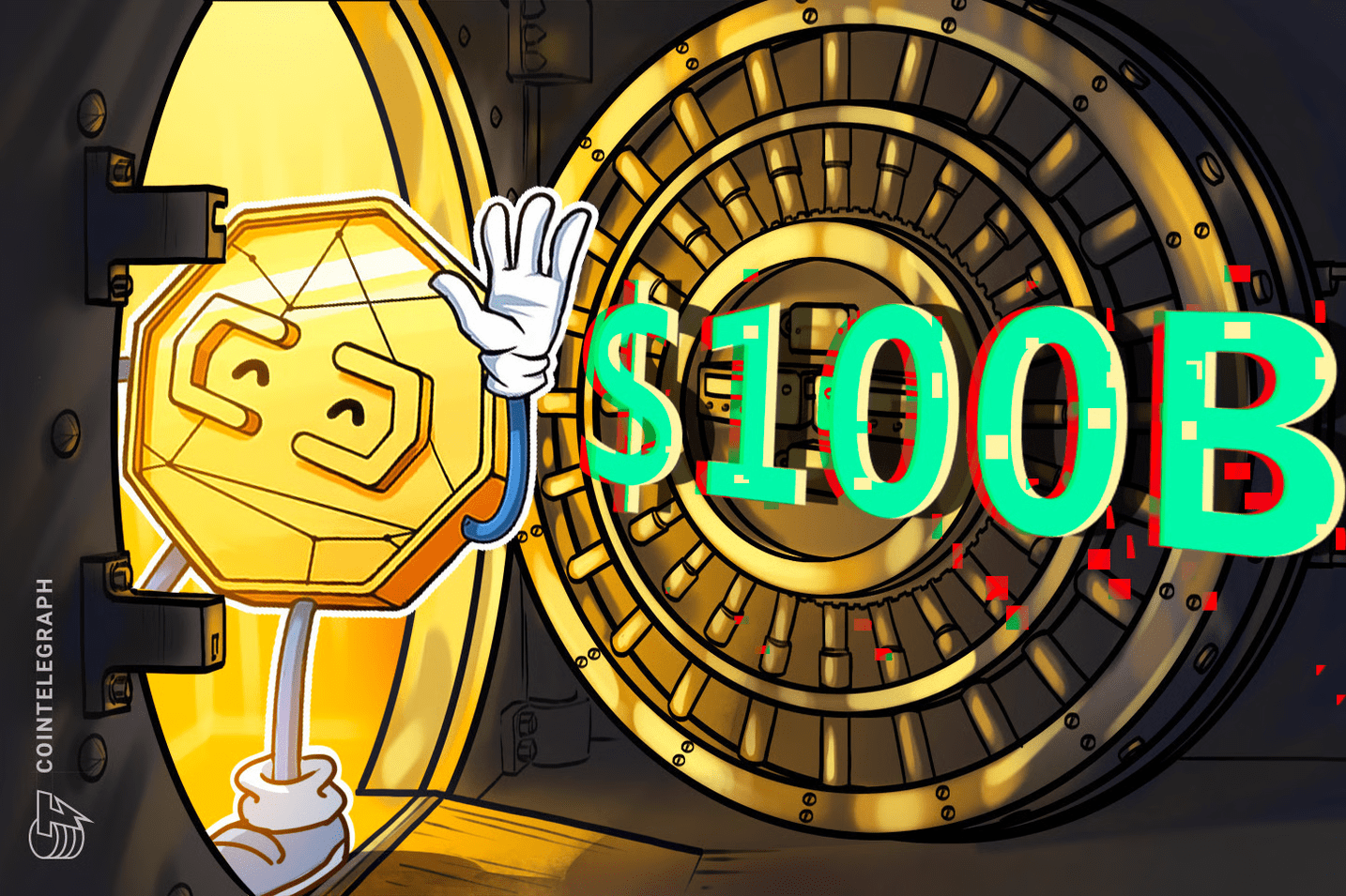
Contract trading is not like a casino dice game; 90% of liquidations come from 'making trades based on feelings'. True experts never gamble on direction but make money through probabilistic thinking + strategic systems + risk control discipline. Here are 3 core techniques to avoid 80% of pitfalls for beginners:
First Technique: Treat direction as a probabilistic event, refuse 'blind guessing' in order placements.
Many people treat contracts like betting, chasing long when the price rises and short when it falls, resulting in being repeatedly harvested by the market. The expert's logic is: treat going long / going short as 'probability bets', and calculate the risks before acting.
Leverage is a double-edged sword: under 10x leverage, a 1% fluctuation can bring a 10% return, but it can also lead to immediate liquidation. Remember: leverage is only suitable for 'certain market trends', not amplifying gambling.
You must pass 3 checks before placing an order:
Is the current trend bullish (moving averages rising, high points increasing) or bearish (moving averages falling, low points decreasing)?
Is there any sudden news (such as regulatory policies or institutional sell-offs) that might reverse the trend?
If the direction is wrong, where will the stop-loss be set (for example, at key support/resistance levels, rather than arbitrarily setting it at 5%)?
The most stable entry signal: wait for 'breakout + retest confirmation'. For example, after Bitcoin breaks 65k and retests 64k, going long is 10 times safer than blindly chasing the rise - it's better to enter late and make small profits than to enter early and incur large losses.
Second Technique: Make money through strategy, not 'random guessing' decisions.
Most people place orders based on 'good feelings', while a few rely on fixed strategies to profit. Here are 3 contract strategies that beginners can directly use:
Grid Quantization: The 'automatic money printing machine' for volatile markets.
Suitable Scenario: Range-bound (such as BTC fluctuating between 60k-65k).
Method: Place 1 long order for every 500 USDT drop, place 1 short order for every 500 USDT rise, allowing the system to automatically buy low and sell high, 24 hours non-stop.
Key: Use a small position (5% of total funds) + 3x leverage, with single grid profits exceeding 15%, and daily returns stable at 2%-5%, suitable for those who do not have time to watch the market.
Funding Rate Arbitrage: Risk-free income that feels like free money.
Logic: The essence of the funding rate in perpetual contracts is the subsidy between long and short positions. When the funding rate is positive (longs pay shorts), you can go long on spot + short on perpetual contracts to lock in the interest rate differential.
Case Study: If the funding rate annualizes at 18% and spot holding annualizes at 2%, then the net profit is 16% - 100,000 USDT can safely yield 16,000 USDT in a year with almost zero volatility risk.
Double Opening Hedge: 'Life-saving Technique' Before Major Market Trends
Usage: Before significant events (such as Federal Reserve meetings or Bitcoin ETF approvals), open equivalent long and short positions. After the market direction is clear, close the incorrect position and keep the correct one to profit.
Core: Regardless of price movements, only earn from 'trend explosions', avoiding being liquidated by sudden volatility.
Third Technique: The only secret to not being liquidated - risk control always comes first.
Contract trading without risk control will lead to zero profits regardless of how much you earn. Remember these 4 iron rules:
Position Discipline:
Start with a 1% position to test the waters; after making a profit, gradually increase your position, and the total position should not exceed 3%.
Once you incur a loss, immediately reduce your position; if you lose on 3 consecutive trades, go directly to a flat position - small losses are costs, large losses are abysses.
Stop-loss Iron Rules:
You must set a stop-loss when opening a position (usually 2%-3%); don’t fantasize that 'the market will come back'.
When profits exceed 5%, raise the stop-loss to the entry price - even if the market reverses at this point, you can exit without loss, and whether you make more or less is still a win.
Emotional Control:
Lost 3 consecutive trades? Force yourself to stop for 24 hours; when emotions are broken, any decision made will be wrong.
Keep a 'trading journal': write down the reasons for each order (such as 'breakout at 65k') and your emotions at the time (such as 'greed chasing highs'), using data to replace subjectivity, and gradually train yourself to become 'machine-like calm'.
Isolate living funds:
The money in the contract account must be 'spare money'; leave at least 1 year’s living expenses untouched - using money for meals to gamble on the market will lead to emotional breakdowns and chaotic operations.
Contract trading earns 'discipline money', not 'luck money'.
The more you try to make quick money, the faster you will be liquidated; the more you can operate according to rules, the more stable your profits will be. It is recommended to start with a simulated account, practice making 100 trades with stable profits, and then test with small real funds.
Remember: the core of contract trading in the crypto world is not about 'predicting ups and downs', but about 'controlling risks'. First learn 'not to lose' before you have the right to learn 'how to earn'. Follow Yi Fan, next issue will break down 'how to earn 20% monthly with a small amount of 1000 USDT using strategy'.
Intra-day focus: PROVE OG EPIC
